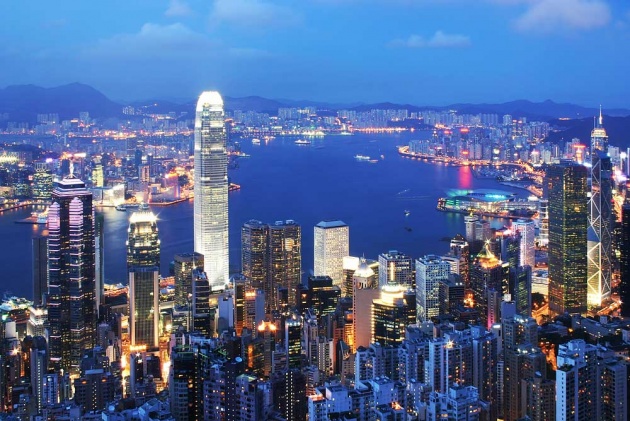
“The world's common future will be hugely affected by the choices that are made in Asia and the Pacific on a low carbon growth path,” says Ajay Chhibber, UN Assistant Secretary-General, UNDP Assistant Administrator and Regional Director for Asia and the Pacific. “The goal is clear: reduce poverty, increase prosperity but leave a smaller carbon footprint.”
Reinvigorate Climate Change Discussion/Resolution:
In anticipation of the Rio+20 Conference scheduled to officially start next month, UNDP Asia issued a Report that stresses that the Asia-Pacific region must continue to grow economically to lift millions out of poverty, but it must also respond to climate change to survive. (The Report was presented in Jakarta, Indonesia). Growing first and cleaning up later is no longer an option, according to the Asia-Pacific Human Development Report 2012 – One Planet to Share: Sustaining Human Progress in a Changing Climate. UNDP frames its objective as “reinvigorating climate change dialogue by bringing people’s concerns into the fore in the lead-up to the Rio +20 conference.” See our Blog for Video: “Rio+20 Lack of Progress Frustrates Civil Society”
Less Locked into Old Ways of Production & Consumption:
What happens in this region – which is home to more than half the world’s population and half of the planet’s megacities -- can make a global difference. The Report says that “countries of the developing Asia-Pacific are much less locked into the old, carbon-intensive ways of production and consumption. Asia-Pacific not only has the imperative, it also has the opportunity to manage development differently.”
The report argues that in the face of climate change, countries in Asia and the Pacific “will need to change the way they manufacture goods, raise crops and livestock, and generate energy.” This will mean “moving to greener, more resilient, lower-emission options that not only sustain the environment but also offer opportunities to the poor for employment and income.”
China as Positive Example:
According to the Report China is just one glimpse of a potentially positive change in direction: “China is committed to lower its carbon intensity of GDP by 40-45 per cent by 2020 compared to the 2005 level. India is also committed to reduce emissions intensity of GDP by 20-25 per cent by 2020 compared to the 2005 level. Indonesia has committed to cutting emissions by 26 per cent by 2020.” There are many though that do not consider this adequate enough to turn the direction positive. See our Blog for Video – “Durban Climate Talks: Failure or Success?”
Ambassador Muhamed Sacirbey - FOLLOW mo @MuhamedSacirbey
Facebook-Become a Fan at “Diplomatically Incorrect”
Twitter – Follow us @DiplomaticallyX
See more at our Popular Video Blogs & Current News Event Articles – Ecology-Diplomat Channel



